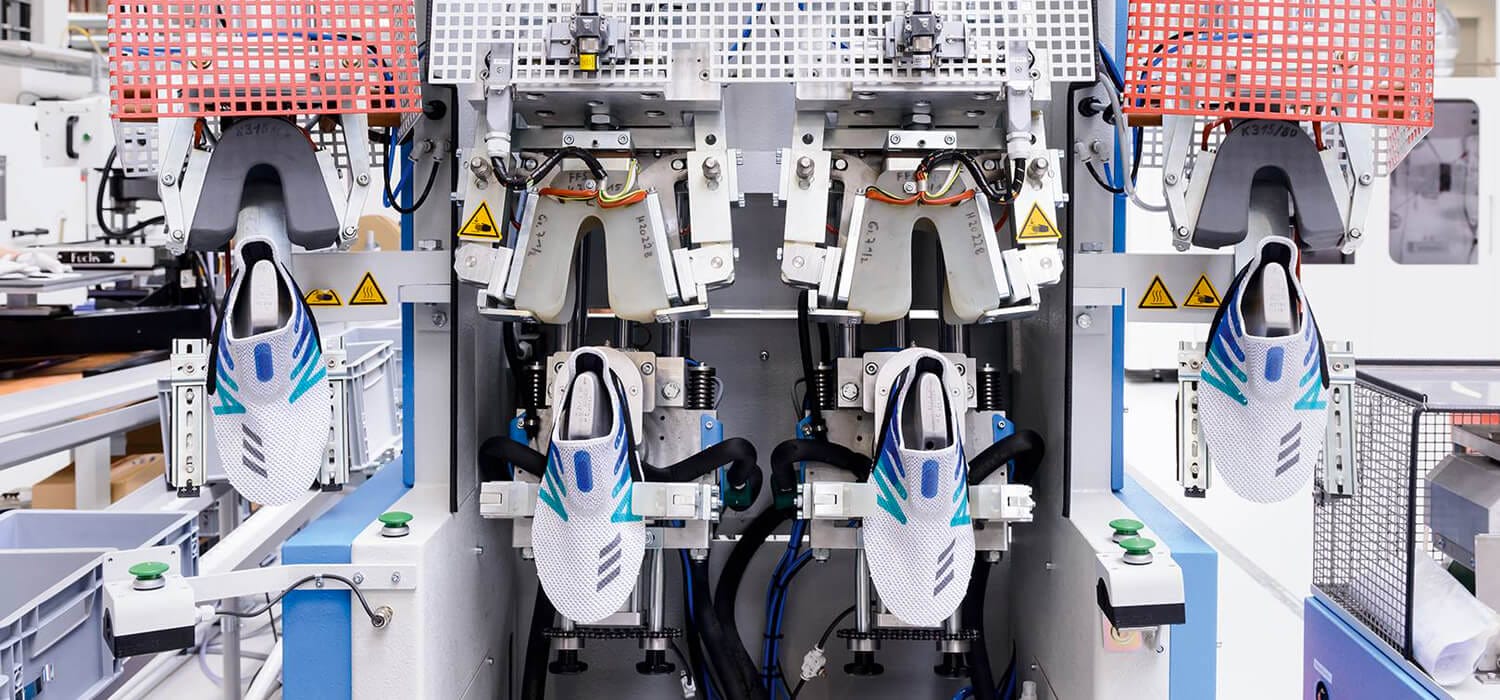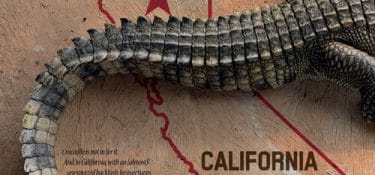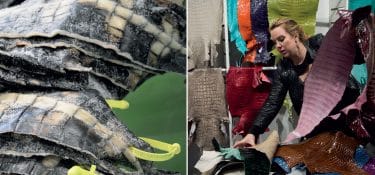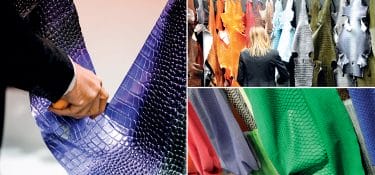di Federico Brugnoli*
The ideal metaphor is that of the “gym”. Before becoming a fashion and luxury phenomenon, sports footwear has always been an innovative gym, encouraging the entry into production of futuristic materials and technologies, new management solutions for the manual conveyor. All aimed at the need to combine aesthetics and technical performance, and to achieve the goal of industrializing and automating the dream of mass customization.
Every reference to the Speedfactory project by Adidas, is now very clear. The German multifunctional company has started a project that “reinvents production” and brings the collaborative dimension between man, machines and robots to the highest level, from conception to manufacturing. Along this line it becomes, therefore, natural to get to design woven uppers inconceivable until a few years ago. The most striking example still has Adidas as protagonist: in 2017 it sold over a million pairs of the Ocean Plastic Trainer model, “made with a filament derived from recycled plastics from the waste present in the oceans”.
These are innovative evolutions that increase excessively the pressure on the classic shoe that has to solve a complicated dilemma: to follow the route of change, but remaining itself, despite everything being towards a comfort (and “different elegance”) vision of consumption patterns. American banks, for example, require their employees not to wear a jacket and tie (and matching lace-up shoe) in order not to make customers uncomfortable, some of whom arrive for important meetings wearing flip-flops. But “the customer is always right” and the classic shoe, leather upper + leather sole, ends up in the corner, considered almost unsuitable to keep up with certain technologies.
It is a small psychological barrier.
Designers and consumers find it natural that a plastic sole is comfortable and can hold sensors and wearable devices. They consider it almost impossible for this to happen with a leather bottom. It is therefore necessary a technological upgrading of this material, in both men and women, starting from the study of solutions that accentuate the capacity for absorbing impacts. Or, sharing with those who produce components and accessories projects such as the one that allows you to wear a five-inch-heel that, however, at the foot offers the feeling of a less than three-inch-heel, combining aesthetics and performance, as in sports.
Even the classic shoe can be an innovative gym.
* Founder and CEO of Spin360, he is the curator of Lineapelle Innovation Square, the “hub of inspiration” that takes place during Lineapelle Milan. The second edition of the “place where ideas, materials and technologies of the future of fashion meet” is in calendar from 2 to 4 October 2019.










